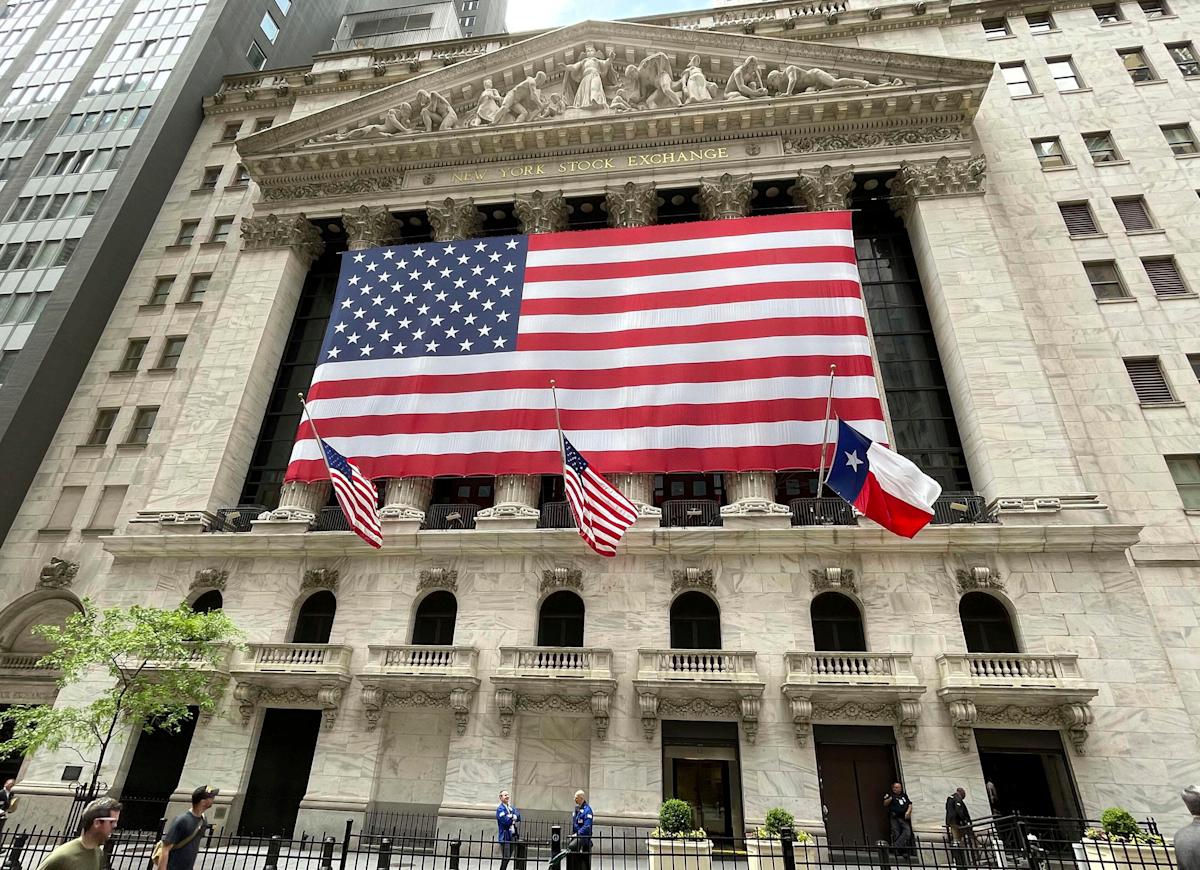In recent trading sessions, the stock market has experienced significant volatility, with major indices such as the Dow Jones Industrial Average, S&P 500, and Nasdaq Composite all facing declines. This downturn comes amidst rising Treasury yields and growing concerns about tariffs and Federal Reserve (Fed) policy, creating a complex environment for investors.
Key Factors Affecting the Market
Rising Treasury Yields: One of the most pressing issues contributing to the market’s decline is the sharp increase in Treasury yields. Higher yields often signal investor expectations for rising inflation or robust economic growth, but they also create borrowing challenges for companies. As yields rise, the cost of financing increases, which can dampen corporate profits and negatively impact stock prices.
Tariff Concerns: The uncertainty surrounding tariffs, particularly in light of ongoing trade tensions, has further exacerbated market anxieties. Tariffs can disrupt supply chains, increase costs, and reduce consumer spending—challenges that investors are carefully monitoring. Any new announcements regarding tariffs can provoke swift market reactions, as seen recently with tweets and statements from political leaders.
- Federal Reserve Policy: The Fed’s monetary policy continues to be a focal point for market participants. As the Fed considers adjustments to interest rates in response to inflation, investors are left questioning the timing and magnitude of such changes. The mixed signals from the Fed often lead to uncertainty in the market, as traders attempt to gauge the impact of potential rate hikes on both the economy and corporate earnings.
Market Performance Overview
In the latest market session, the Dow dropped approximately 250 points, marking a rocky start to September. The S&P 500 and Nasdaq also fell, reflecting broader concerns about the economy’s direction. This downward trend is indicative of investor sentiment as they process the latest macroeconomic data and geopolitical developments.
With September traditionally being a challenging month for stocks, market participants are particularly cautious. Historically, this month has brought increased volatility due to various factors, including the onset of fall trading patterns and heightened focus on economic indicators.
Investor Responses and Strategies
Given the current climate, investors may find it prudent to reassess their strategies. Diversification remains a critical tool in mitigating risks associated with economic uncertainty. Investors are encouraged to consider sectors that tend to perform well during periods of high inflation and rising interest rates, such as energy, utilities, and consumer staples.
Additionally, keeping a close watch on the bond market is essential. Changes in Treasury yields can offer insights into investor expectations and broader economic conditions. Higher yields might steer some investors away from equities in favor of fixed-income investments, prompting additional volatility in stocks.
Looking Ahead: Economic Indicators to Watch
As the months progress, several economic indicators will play a crucial role in shaping market sentiment:
Inflation Data: Continued monitoring of inflation figures will be essential. If inflation persists above the Fed’s target, it may lead to more aggressive interest rate increases, which could further pressure equity markets.
Employment Reports: Labor market health is a strong indicator of economic stability. Reports detailing job creation and unemployment rates will influence Fed policy decisions and investor confidence.
- Corporate Earnings: Investors will be closely watching upcoming earnings reports to gauge how companies are adapting to rising costs. Results that disappoint could further fuel market declines.
Conclusion
The current state of the stock market highlights the interplay between macroeconomic factors and investor sentiment. With rising Treasury yields, tariff uncertainties, and Fed policy considerations, the landscape remains complex. While the market is experiencing declines, it is essential for investors to remain informed, adapt their strategies, and maintain a long-term perspective.
As we navigate through September and beyond, vigilance in monitoring economic indicators, along with a diversified investment approach, will be key to weathering the turbulence and positioning for future opportunities.










